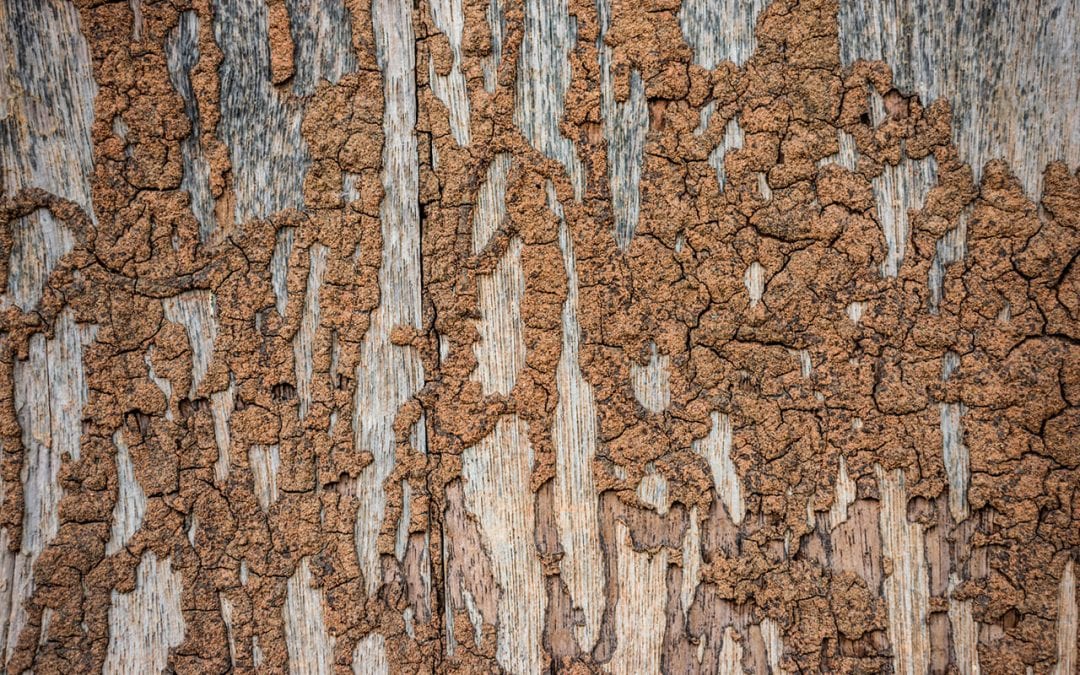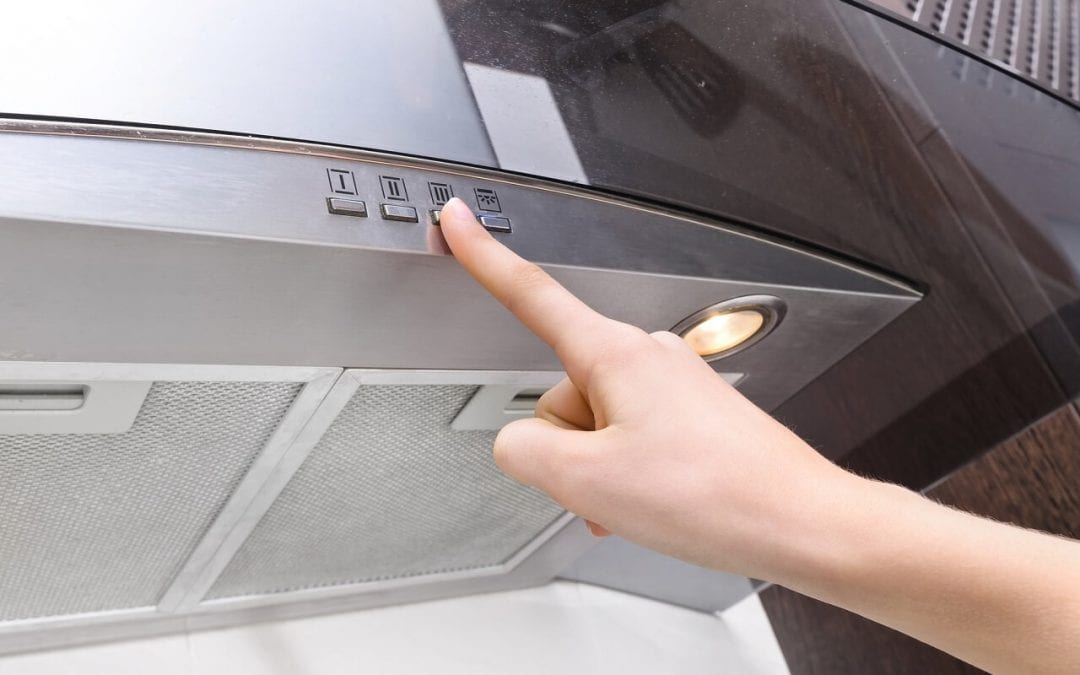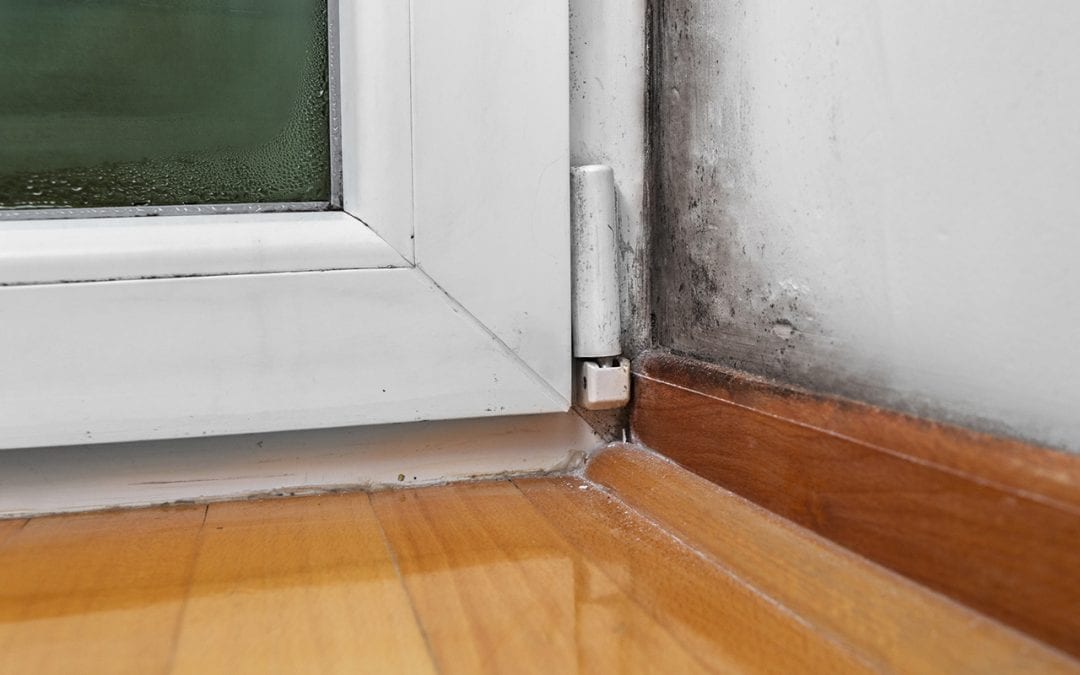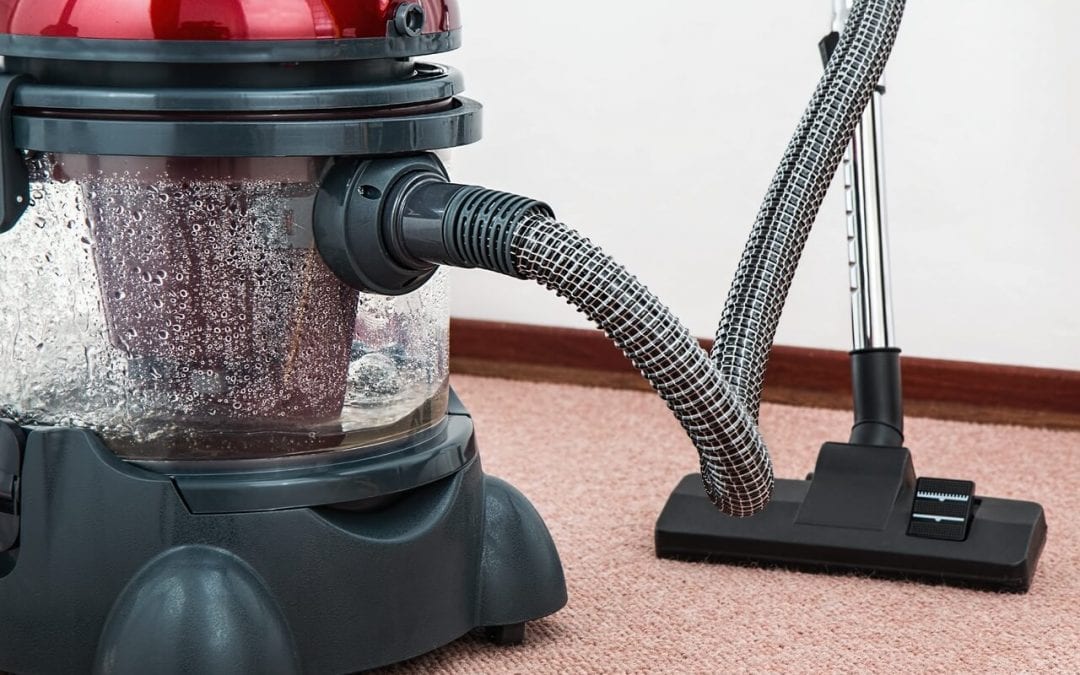
by mwonfor | Oct 21, 2022 | Community, Homeowners, Mold Inspection, Safe and Healthy Home
A damp basement can lead to structural problems and mold growth. If you have a wet basement, your property could be at risk, and mold development might lead to respiratory problems, skin irritation, and other health issues. The good news is that there are things you can do to prevent moisture in your basement. Here are six tips to keep the basement dry and mold-free.
1. Clean the Gutters
Gutters help keep a basement dry by diverting water from the foundation of the house. Clean the gutters regularly to prevent them from becoming clogged and overflowing. Water seeping into the basement can lead to mold growth and structural damage.
2. Grade the Land Around the Home
When it comes to keeping a basement dry, proper grading around the home is critical. When you ensure the ground slopes away from the foundation, water flows away from the house. Good grading will help prevent moisture from seeping into the basement and causing problems.
3. Apply Waterproof Sealant to Basement Walls
While a waterproof sealant can’t guarantee to keep your basement 100% dry, it can help to reduce the amount of water that seeps in.
To apply the waterproof sealant, clean the surface of the walls to remove dirt or debris that could prevent the sealant from adhering correctly. Next, apply the sealant according to the manufacturer’s instructions. Be sure to follow all safety precautions when using any type of chemicals.
Once the sealant is applied, you may notice a difference in the amount of water that seeps into your basement. However, the sealant may take some time to cure and reach its maximum effectiveness.
4. Seal Cracks or Gaps in the Foundation to Keep the Basement Dry
To keep the basement dry, seal foundation cracks to prevent water from seeping into the space and causing damage. There are several ways to seal foundation cracks; choose the best method for your home.
One way to seal foundation cracks is by using caulk. Choose a caulk that is specifically designed for use on concrete. Be sure to clean the crack or gap well before applying the caulk, as this will help it to adhere better. Apply the caulk in a smooth, even line and allow it to dry completely.
Another way to seal foundation cracks is by using epoxy resin. This type of resin is very strong and can provide a lasting seal. As with any product, follow the instructions on the label for the best results.
5. Use a Dehumidifier to Remove Moisture
Dehumidifiers are a great way to keep the basement dry and free of mold. Make sure there is an available electrical outlet to power the appliance. Set the humidity level to 60% or less and allow the machine to do its job. You’ll need to frequently empty the reservoir or attach a hose to the dehumidifier and allow it to drain outdoors.
6. Ventilate the Basement to Keep it Dry
If you have a basement, it is essential to ventilate the space to keep it dry. In addition to using a dehumidifier, here are a few tips.
- Use a fan to circulate the air in the basement. Good airflow promotes evaporation and reduces moisture accumulation.
- Open windows and doors when weather permits, allowing fresh air to circulate and helping keep the basement dry.
Following these tips, you can reduce moisture in your basement and keep it dry and mold-free year-round.
American Home Inspection Services provides inspections to homebuyers and sellers including mold inspections in Southeast Michigan. Contact us to request our services.

by mwonfor | Jan 18, 2021 | Community, Home Maintenance, Homeowners, Mold Inspection
When you are busy, it can be tempting to ignore seemingly minor problems in the home. However, some small signs lead to big problems in a house. Here are 5 serious home issues that may not seem concerning at first, but that should be addressed immediately.
Slanted Floors are Serious Home Issues
Sometimes it is apparent that floors are uneven just by walking across them, and in other homes, it is less obvious. Slanted floors may not bother you, but they can point to serious structural problems that should be addressed for safety’s sake. It may mean that the structural beams underneath the flooring have been damaged by termites, rot, or water.
Doors That Stick
While doors that are difficult to open to close are annoying, they may not seem like a significant issue. However, this could point to the foundation sinking or a settling problem that’s causing misalignment with the door and its frame. Foundation issues should not be ignored; the longer you wait, the worse they will get.
Strange Smells can Point to Serious Home Issues
Any type of odd smell in your home should be investigated. Whether it is a musty smell of wet socks, sewer gas odor, or a fishy scent, it could be the sign of a serious problem that threatens the health and safety of your family. A mold problem, broken vent stack, or overheating circuit may be the cause of these smells.
Water Pooling by the Foundation
Drainage issues lead to serious problems like mold and foundation settling. Water pooling by the foundation may be a result of poor grading or clogged gutters. The fix might be as easy as cleaning out the gutters so that water can be properly channeled away from the home. If water is pooling around the base of the home, check the crawlspace or basement for moisture.
Mud Tubes
Any signs of termites should be taken seriously. Mud tubes on the exterior of the house are one of the most visible signs of termites. They are about the width of a pencil and run along the foundation and siding. Termites build them for a safe passageway to travel into the house. Other signs to look for are piles of termite droppings and discarded wings. Schedule a termite inspection if you see any of these signs.
American Home Inspection Services serves Southeastern Michigan with home inspection services. Contact us to schedule an appointment.

by mwonfor | Dec 16, 2019 | Community, Homeowners, Mold Inspection, Seasonal
Did you know that the highest levels of humidity in Michigan occur during winter? While you don’t feel the humidity when it is cold, it can still cause mold and mildew in your home. It is important to reduce humidity in the home to prevent these problems. Here are a few ways to lower indoor humidity levels.
Use Ventilation Fans to Reduce Humidity in the Home
Certain activities in the home cause humidity levels to rise. Cooking, bathing, and using some appliances adds moisture to the air. Turn on ventilation fans in the bathrooms, kitchen, and laundry room if you have one there. It is best for these fans to vent to the outdoors. Otherwise, the moisture will just circulate around inside. If the fan is venting into the attic, this is a serious flaw and mold and mildew may become a problem. Have a contractor remedy this by adding a vent pipe out the roof.
Set Up Dehumidifiers
Dehumidifiers are inexpensive and portable devices that bring down the humidity levels in a room. Set dehumidifiers up in rooms that have a water source, especially if there is no ventilation fan. It’s a good rule of thumb to run a dehumidifier in the basement because mold often grows there.
Fix Leaky Plumbing
Unchecked plumbing leaks cause indoor humidity levels to rise. Look around for signs of leaky pipes and have them fixed as soon as possible. Completing these repairs quickly will reduce humidity in the home and prevent water damage and mold.
Reduce Humidity in the Home by Taking Shorter and Cooler Showers
A long, hot shower can make the whole house more humid. If you are committed to keeping humidity levels low, encourage family members to take shorter, cooler showers and practice what you preach. By changing your habits and using a ventilation fan or dehumidifier, you can reduce humidity in the home.
American Home Inspection Services provides home inspections and mold inspections to Southeast Michigan. Contact us to schedule an appointment.

by mwonfor | Aug 20, 2018 | Community, Home Inspection, Home Maintenance, Homeowners, Mold Inspection
Look Out For These Signs of Mold
People do many things to make sure their homes are clean, safe, and healthy for their families. A big threat to a healthy home is mold growth. To know for certain whether there is mold in your home, you need to hire a professional to conduct a mold inspection. The home inspector will often perform air, surface, and bulk mold tests to compile conclusive results. It is important, however, for homeowners to know the signs of mold in their home. To identify the signs of mold, here are some of the things to check out.
1. Mold Smell
One of the major signs of mold in your home is its smell. If mold is in the house, the smell will be a bit damp and sometimes musty. If you smell anything that indicates the presence of mold in your home, call a professional home inspector who specializes in mold. Ignoring this sign could cause more damages to your home.
2. Presence of Water In Your Home
When you have broken pipes, leaks, or your sewer line bursts, your home is likely to experience water damage. This is a major problem in flood-prone areas. Water damage is often followed by the growth of mold in your home because of the damp conditions. As a result, you should always act fast when you notice water intrusion in your home. If you can’t clean the water out by yourself, you should consult home restoration professionals in your area.
3. Health Problems
When you experience health problems like allergies in your home, this could be a sign of mold. When hypersensitive individuals inhale mold spores, they may experience breathing problems due to the blockage of the airways. Some of the symptoms may be sneezing, a running nose, coughing, watery eyes, and dry, itchy skin.
Mold as an allergen has also been associated with asthma since it causes the above symptoms in addition to wheezing, shortness of breath, and a tight chest. If you do not clean out the mold in your home and seek immediate medical attention, these health problems may worsen.
4. Water Leaks
Water leaks may come from the roof, cracks in the wall, windows, doors, and other openings throughout your home. When water leaks within your home, you may notice mold growth or it may be hidden behind walls and not visible. This is where the services of a home inspector come in handy.
5. Previous Flooding
For people who reside in flood-prone areas, the probability of mold growing in your home after it has flooded is high. The problem will be worse when you stay for long without cleaning your home. This is because water damage is always accompanied by mold damage. After flooding in your home, you should take time to seek professional services from mold remediation specialists. The specialists will inspect all the visible and hidden parts of your home to assess the damage.
6. Visible Mold Growth
When you begin to smell mold, you’ll likely also see mold growth in your home. Note that even the smallest spot of mold could grow and cause damage to your home and negatively impact your health. This means that you need to contact a professional mold cleaning agent to restore your home.
American Home Inspection Services serves Southeastern Michigan with home inspection services, including mold inspections. Contact us if you have concerns about the signs of mold in your home.

by mwonfor | Aug 31, 2017 | Mold Inspection
Water Damage? 6 Tips to Control Mold Growth In Your Home
If you’ve got any water coming into your home due to a broken pipe or flooding, mold growth is a major concern. It only takes a little bit of moisture for mold to grow and cause an enormous amount of damage to your house. All that’s needed is water and a lack of light. You may not even know that mold is present, which is why having a professional mold inspection is always a good idea.
Porous materials, like your carpet or rugs, are particularly susceptible to mold growth. If you have a moisture or water problem, you’ll want to start the cleanup process as quickly as you can so you don’t end up with significant mold growth. Cleaning up the water is a job you can tackle yourself; it’s just going to take a fair amount of work to make sure you get rid of it.
Dry the Area Right Away
Use a wet/dry vacuum cleaner to suck up as much water as you can. This piece of equipment is going to be the best way to get rid of excess water. You can likely find a place to rent one if you don’t have one of your own.
Put High-Speed Fans to Use
Using fans can help speed up the process of drying the wet area, but it’s still going to take a few days or more, depending on the amount of water that collected in your home. Even when you believe that the area is dry, it likely isn’t – let your fans run all day and night for another week at the least once your carpet feels dry to the touch. The fans do double-duty, as they’ll also keep the air circulating.
Use a Dehumidifier to Help You Dry the Room
Dehumidifiers help to eliminate excess moisture. This will dry out the air and the floor. It will also make the air seem more cool, which will inhibit the growth of mold.
Bring Out a Steam Cleaner
You’ll want to steam clean all carpeted areas. If your carpet or rug pads are damaged by water, you’ll need to replace them—while this is an expense, it’s not nearly as costly as replacing all rugs and carpets throughout your home.
Sanitize Everything That Was Soaked in Storm Water
Put on your rubber gloves and begin by cleaning your walls, floors without carpet, and other surfaces with a mixture of soap and water. The next step is to sanitize your surfaces using a solution of one and a half cups of bleach for each gallon of water.
Examine Furniture for Water Damage
If you see any water damage, move furniture off of the wet or damp floors. It’s easy for water damage to be concealed below carpets or rugs, so be sure to inspect these areas. You may need a professional home inspection in order to be certain that your home is free from mold and structurally sound. If you’re in Oakland, Wayne or Livingston counties in southeast Michigan, please contact American Home Inspection Services today for your inspection needs!
For more information on the dangers of mold in your home, check out the Centers for Disease Control and Prevention website.





